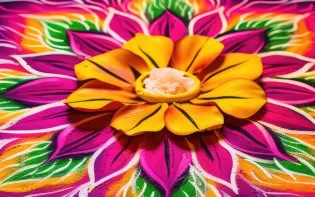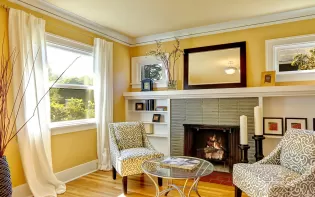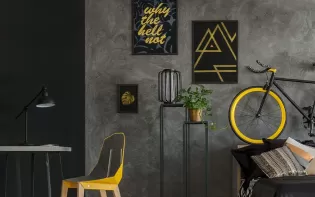
Cream Colour
Discover cream colour shades to add a dynamic touch to your space.
Explore 16 Trending Cream Colour Combination for Walls
Products in this shade & Palette of Cream Colour
Browse through our wide range of paints to find the one that accentuates your home's beauty
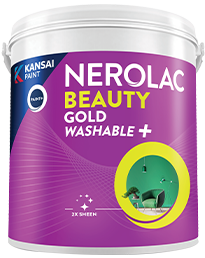
Beauty Gold Washable Plus
Nerolac Beauty Gold Washable Plus is an interior emulsion paint has a rich sheen finish, with highes...
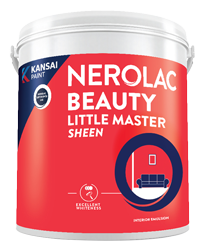
Beauty Little Master Sheen
Nerolac Beauty Little Master Sheen is an Economy Interior Wall Emulsion with very good sheen, smooth...
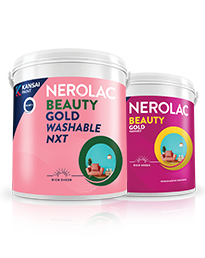
Beauty Gold washable and Beauty Gold Washable NXT
Nerolac Beauty Gold Washable paint has a soft sheen finish, with excellent stain-cleanability at an a...
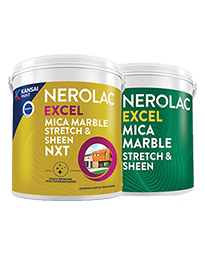
Neroalc Excel Mica Marble Strech Sheen & Mica Marble Stretch Sheen NXT
Nerolac Excel Mica marble stretch sheen Nxt & Mica Marble Strech Sheen is an extremely durable water...

Impressions Kashmir
Nerolac Impressions Kashmir Luxury Emulsion is a superior quality 100% acrylic emulsion based interi...
Trending Colour Shades
Find the Perfect Colour Shades for you walls
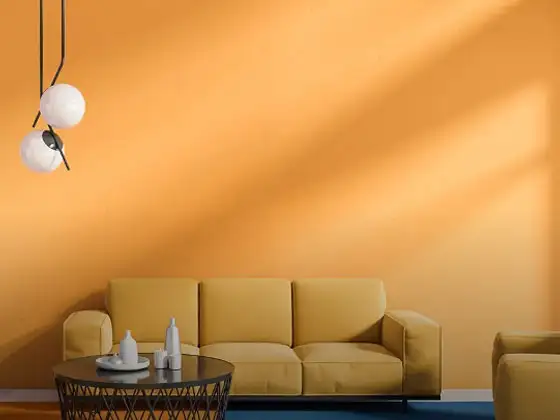
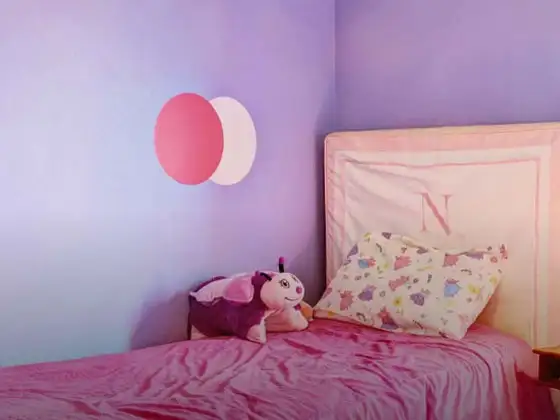
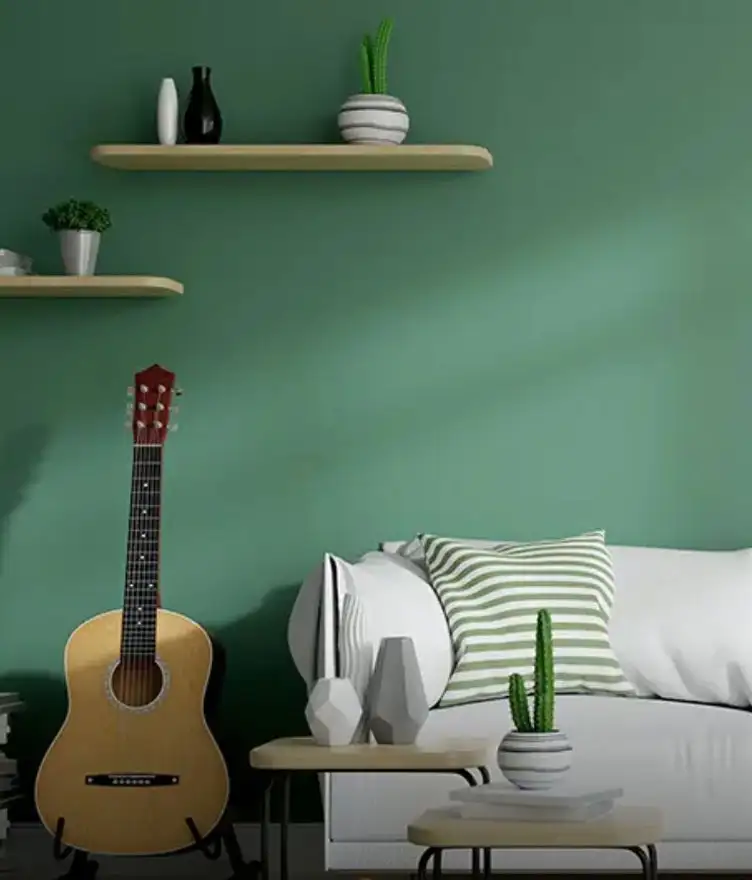
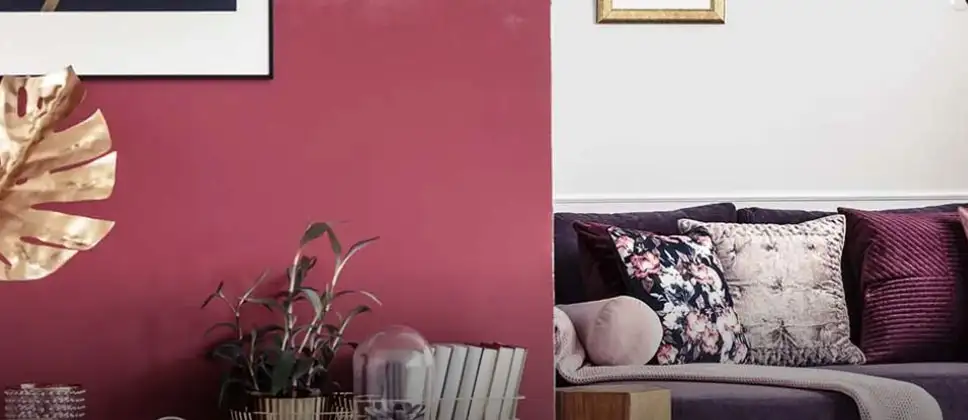
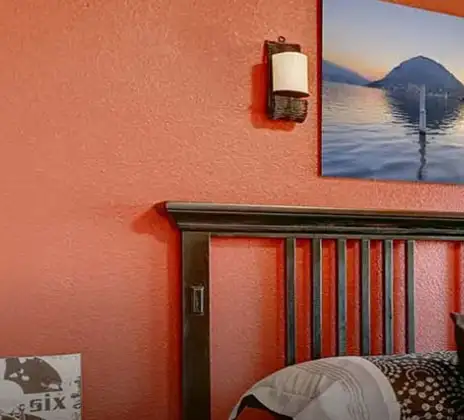
About Cream Colour
Cream, a subtle and sophisticated shade resembling the softness of dairy cream, exudes an understated elegance and timeless charm. Embodying a warm neutrality, cream is a versatile color that complements various palettes and styles. Its gentle and muted tones create a sense of tranquility, making it a popular choice in both fashion and interior design. Whether adorning the walls of a serene living space or gracing the fabric of classic attire, cream embodies a refined simplicity that transcends passing trends. With its ability to evoke a sense of comfort and serenity, cream stands as a symbol of understated luxury, offering a canvas for other colors to shine while maintaining its own enduring appeal. In its subtle beauty, cream adds a touch of sophistication and warmth to the visual landscape, creating a timeless and inviting atmosphere.
Stunning Cream Colour Designs, Shades & Combinations for Your Home
Cream is the quiet achiever in interior wall colour design. It softens strong lines, reflects light with grace, and welcomes almost every material you already own. Think of cream colour as a warm neutral that carries more personality than pure white but never steals attention from art, furniture, or family moments. Used well, it can make compact rooms feel larger, draw daylight deeper into a space, and create visual continuity across open plans. This guide explains how to choose cream colour shades, build balanced combinations, and shape textures that feel timeless in Indian homes.
Why Cream Colour Brings Warmth & Elegance to Interiors?
What most homeowners love about cream is the balance. It has the purity of white and a touch of beige or yellow that adds comfort. Under bright daylight, cream reads fresh, not sterile. Under evening lamps, it glows without turning orange. This versatility makes it suitable for living rooms, bedrooms, kitchens, corridors, and even exteriors.
Cream colour also acts like a bridge between cool and warm materials. It pairs beautifully with pale oak, teak, cane, rattan, terrazzo, marble, brushed brass, chrome, and black accents. If your home mixes multiple finishes, a carefully chosen cream brings the story together. It works exceptionally well in apartments where rooms flow into one another, because cream provides a smooth backdrop for rugs, cushions, and seasonal décor.
The second reason cream feels elegant is its forgiving nature. Slight wall undulations or hairline repairs are less visible in mid to light cream than in stark white. With the right sheen and preparation, cream shades of colour look even, calm, and quietly luxurious.
Explore Cream Colour Shades with Expert Insights
Designers usually sort different cream colour shades by undertone, depth, and clarity. This helps you choose the cream colour in different shades that genuinely suit your floors, trims, and lighting.
Warm Vanilla Cream Colour Shades
Undertone: soft yellow. Effect: sunny, welcoming. Works in north-facing rooms or spaces with cool light that need warmth. Pair with walnut, cane, and brushed brass.
Ivory Cream Colour Shades
Undertone: balanced yellow with a hint of grey. Effect: refined, gallery-friendly. Ideal for living rooms and dining spaces where art and textiles need a calm field.
Almond Cream Colour Shades
Undertone: beige leaning. Effect: grounded and cozy. Great with terracotta accents, oak furniture, and jute or sisal rugs.
Linen Cream Colour Shades
Undertone; whisper of grey. Effect: sophisticated and modern. Useful when you want the lightness of cream without too much warmth. Pairs with pale oak, stone, and black lines.
Buttermilk Cream Colour Shades
Undertone: subtle buttery note. Effect: cheerful kitchens and breakfast nooks. Anchors mint or sage accessories nicely.
When sampling shades in cream colour, paint two coats on A4 cards, label them, and move them around in the morning, afternoon, and evening. Place samples beside the flooring, sofa fabric, curtains, and trims. This reveals the undertone that stays pleasant across your daily routine.
Smooth interior emulsions are often chosen when homeowners want even, well-blended walls in cream. Many select interior finishes such as Nerolac Impressions or Nerolac Beauty Smooth Finish to achieve soft, consistent tones across large surfaces. Matte keeps bedrooms calm, while a gentle sheen in corridors and dining areas allows easy cleaning. Proper priming and surface preparation matter because cream colour shades reward good prep with a refined result.
Best Cream Wall Design Ideas for Every Room
Here are the best cream wall design ideas you should know:
Living Room Wall Design Ideas
Cream creates a welcoming base for daily life and guests alike.
- Two-tone panel look. Keep the lower third in warm white or greige and the upper two-thirds in a chosen cream. A slim chair rail adds structure without heavy carpentry.
- Art-friendly field. Ivory cream walls allow black and white frames, botanical prints, or textiles to take center stage.
- Texture mix. Combine a greige sofa, cane or rattan chairs, a jute rug, and a couple of clay or brass accents.
Bedroom Wall Design Ideas
In restful spaces, cream is about the right undertone and the right sheen.
- Headboard feature. Paint the wall behind the bed one or two steps deeper than the other cream walls. The bed feels anchored while the room remains bright.
- Layered fabrics. Linen bedsheets in oatmeal, cushions in blush or slate, and a knitted throw create quiet depth.
- Low-glare finishes. Matte or eggshell prevents hotspots and supports a calm mood.
Kids’ Room and Study Wall Design Ideas
Cream is a wise choice when you want colour through accessories rather than on walls.
- Playful accents. Keep the walls in balanced cream and add colour through storage, bedding, and art. The room can evolve without repainting.
- Focus corner. A linen cream study niche with a neutral desk and corkboard reduces visual noise and improves concentration.
Kitchen and Dining Wall Design Ideas
Cream can brighten busy areas without overwhelming them.
- Cream with light wood. Ash or oak cabinetry beside cream walls feels modern and clean. Add brushed nickel handles for a tidy look.
- Tile sync. If your backsplash has warm flecks, choose a compatible almond or buttermilk cream.
- Dining focus. A single cream feature panel behind a buffet or a gallery of frames above a console keeps the space lively yet composed.
Entry and Hallway Wall Design Ideas
First impressions set the tone.
- Welcome wall. A cream wall behind a console, a round mirror, and a ceramic lamp pull the eye inward.
- Tone-on-tone frames. Picture frame mouldings painted one step deeper than the field colour create movement without pattern overload.
For balconies and façade features, exterior emulsions such as Nerolac Excel Total are often selected to keep the cream fresh under the sun and rain. Indoors, a restrained application of Nerolac Impressions Metallic Finish on a niche or panel adds soft shimmer and highlights different cream colour shades within the same room.
Cream Colour Combinations & Contrasts That Work Best
A successful cream colour combination begins with undertone harmony, then adds contrast with discipline.
- Cream with warm white and oak: Airy and modern. Works in living rooms with daylight. Keep accessories textured rather than glossy for a natural look.
- Cream with charcoal and brass: Polished and urban. Use charcoal in slim lines such as lamp bases and frames so the room stays light.
- Cream with sage and stone: Calm and botanical. Perfect for bedrooms and studies. Plants echo the greens and soften hard edges.
- Cream with navy and crisp white for colour schemes, blue: Graphic and dependable. The navy defines, while cream prevents the scheme from feeling cold.
- Cream with black and pale grey: Minimalist chic. Matte black keeps the look soft, pale grey provides a bridge between black accents and warm cream walls.
To heighten interest, deepen a single feature wall by two steps while surrounding walls remain soft. This controlled cream colour contrast adds layers without noise. Balance dark accents with light textiles and reflective surfaces like glass or mirror.
Clean edges contrast read intentionally. When planning stripes, panels, or a navy and cream pairing, finishes known for sharp demarcation, such as Nerolac Impressions Ultra HD help keep lines crisp. Prepare tape lines carefully, maintain even roller pressure, and remove tape while the paint is still dry to avoid tearing.
How to Make & Create Cream Colour for Your Walls?
Understanding the mix behind the shade helps you choose confidently and answer practical questions like how to make cream colour? how to make cream colour behave in your light, and how to create cream colour variations for different rooms.
Step 1. Start with white colour
Begin with a clean white base. This provides clarity and avoids muddiness.
Step 2. Add warmth in tiny increments
Fold in a small amount of yellow and a hint of red to approach a vanilla or ivory tone. Suppose the mix turns too yellow, temper with a touch of grey colour. If it looks beige and heavy, add more white for lift.
Step 3. Tune the undertone
For buttermilk brightness, add a drop more yellow. For linen cream, introduce a whisper of grey to quiet the warmth. For almond cream, nudge with a tiny amount of brown or an earthy pigment to ground the mix.
Step 4. Control lightness
Add white gradually until you reach the lightness that suits your use. Living rooms often look best in mid-light cream, bedrooms and corridors in softer light cream that minimizes glare.
Step 5. Test in real conditions
Paint two coat swatches on cards and place them near the flooring, furniture, and curtains. Observe at different times of day. Record what you see. Adjust the formula if the colour shifts more than you like.
Step 6. Keep a formula card
Write down ratios and label a small jar for future touch-ups. Consistency across rooms depends on notes.
This framework not only explains how to make cream colour, but it also clarifies how to create cream colour families inside one home, from a slightly warmer cream in shaded rooms to a slightly cooler cream in sunny rooms.
Shortlist two or three candidates digitally and test them on real walls. Screens vary, but swatches under your lighting never lie. The two-step process reduces surprises and helps you lock a reliable cream colour palette that respects materials and daily routines.
Cream Texture & Accent Wall Designs
Texture turns a pleasant background into a memorable wall, especially in neutral schemes. Use it selectively for the best effect.
- Limewash effect: Soft, cloudy movement brings artisanal depth. Works beautifully with cream because the texture remains subtle while adding character.
- Ombre fade: Slightly deeper near the floor, lighter toward the ceiling. Ideal for stairwells or tall living room walls where you want motion without pattern.
- Panel frames: Shallow picture frame mouldings with the inner panel one step deeper than the field colour add structure and shadow play.
- Metallic veil: A discreet metallic glaze over cream catches evening light. Useful in dining rooms and foyers where you want a hint of sparkle without bold colour.
- Tone-on-tone stencil: Gentle geometric or botanical motifs in a half step darker or lighter cream are perfect for headboard walls.
Choose one feature plane rather than many surfaces. This restraint lets different cream colour shades feel deliberate and layered rather than busy.
Curated texture systems such as Nerolac Impressions Ideaz are often used when homeowners want repeatable designer effects from subtle linen weaves to bolder patterns. Always view a sample board in the actual room light before committing.
Types of Cream Colour Shades for Modern Homes
Mapping the types of cream colour shades to room function and light helps you choose quickly.
Off White Cream Colour Shades
The lightest version. Maximizes brightness in compact rooms. Pair with white ceilings and pale woods. Check bulb temperature to avoid washing out the tone.
Ivory Cream Colour Shades
Balanced warmth with polish. Reliable for living rooms and dining rooms. Pairs with greige trims and medium tone floors.
Beige Leaning Cream Colour Shades
Grounded and cozy. Works in family rooms and studies. Add black or charcoal lines to keep the scheme sharp.
Linen Cream Colour Shades
Slightly greyed and sophisticated. Ideal for urban apartments that need a modern neutral with warmth.
Buttermilk Cream Colour Shades
Cheerful and kitchen-friendly. Complements mint, sage, and light oak.
Deeper Cream Accents
Use on a niche, headboard, or framed panel to create a gentle cream colour contrast while keeping adjacent walls light.
Cream Colour Palette Inspiration for Modern Homes
Use these ready-to-use palettes as starting points. Adjust depth and undertones to suit your materials and light.
Palette A. Warm contemporary
- Walls. ivory cream
- Trim and ceiling. warm white
- Anchors. pale oak coffee table, greige sofa
- Accents. brass floor lamp, cane chair
- Why it works. Shared warm undertones create harmony from morning to night.
Palette B. Botanical ease
- Walls. linen cream
- Trim. crisp white
- Anchors. pebble grey rug, light wood console
- Accents. Sage cushions, indoor plants
- Why it works. Cream links green accents and neutrals, keeping the room calm.
Palette C. Urban contrast
- Walls. beige leaning cream
- Trim. off white
- Anchors. charcoal chairs, stone top sideboard
- Accents. matte black frames, textured throws
- Why it works. Muted walls allow metal and texture to shine without glare.
Palette D. Festive focus
- Feature. deeper cream panel
- Surround. soft vanilla cream
- Anchors. cream upholstery, warm wood
- Accents. patterned rug, mirrored tray
- Why it works. Controlled contrast adds drama while the room stays bright.
Palette E. Coastal modern
- Walls. off white cream
- Trim. neutral white
- Anchors. sand-toned rug, light cane chairs
- Accents. navy scatter cushions within blue colour schemes
- Why it works. Breezy cream keeps things light while navy adds definition.
Digital previews help you narrow choices fast. Then test finalists on the wall for a week. View them at breakfast, mid-afternoon, and evening. A measured process leads to a cream colour combination that stays consistent across daily routines and seasons.
DIY or Professional? Choosing the Best Way to Design Cream Walls
Choose the route that fits your scope, schedule, and comfort with tools.
Go DIY when the job is small, surfaces are sound, and you can spare time for preparation. Wash and degloss, fill and sand, then remove dust. Prime if you are shifting from an intense colour or if the wall is patchy. Use quality tape for clean edges and remove the tape while the paint is still dry. Two thin coats are better than one thick coat for an even field.
Hire professionals when you plan multiple rooms, false ceilings, exteriors, repairs, or specialty finishes. Experienced teams manage surface readiness, timing, and crisp lines. This is especially useful when you coordinate several shades in cream colour or execute geometric patterns that depend on accuracy.
Maintenance tips
Keep a labelled jar of your final mix and date for touch-ups. Clean gently with a soft sponge. Avoid harsh abrasives on matte finishes. If the walls read cooler or warmer than expected after painting, review bulb temperatures before repainting. Around 2700 to 3000 kelvin feels warm and cozy, and around 4000 kelvin feels clear and bright.
If you prefer a managed experience from shade selection to final finishing, professional painting services can coordinate timelines, surface preparation, and specialised effects. This path is valuable when you want a whole home cream colour palette, when your schedule is tight, or when you are combining a cream colour combination across multiple rooms and need consistent results.
Frequently Asked Questions For Cream Colour Shades & Palette
What colours are there in Cream?
What does Cream colour represent?
What is the code for Cream?
What is the contrast colour of the Cream Colour palette?
What are the 10 shades of Cream?
What is Cream colour known as in Hindi?
What is Cream colour known as in Marathi?
What is the name of the Cream colour in Kannada?
Create magic with our inspiring Two Colour Combinations!
-
Red And Brown Colour Combination
-
Orange And Lilac Colour Combination
-
Orange And Yellow Colour Combination
-
Orange And Green Colour Combination
-
Orange And Blue Colour Combination
-
Orange And Violet Colour Combination
-
Orange And Beige Colour Combination
-
Orange And Neutral Colour Combination
-
Orange And White Colour Combination
-
Orange And Pink Colour Combination
-
Orange And Purple Colour Combination
-
Orange and Red Colour Combination
-
Orange And Peach Colour Combination
-
Orange And Cream Colour Combination
-
Orange And Grey Colour Combination
-
Orange And Gold Colour Combination
-
Orange And Brown Colour Combination
-
Yellow And Red Colour Combinations
-
Yellow And Orange Colour Combination
-
Yellow And Green Colour Combination
Get in Touch
Looking for something else? Drop your query and we will contact you.
Popular Searches
-

Get in Touch Get in Touch -

Store Locator Store Locator -

Download App Download App
Get in Touch
Looking for something else? Drop your query and we will contact you.





